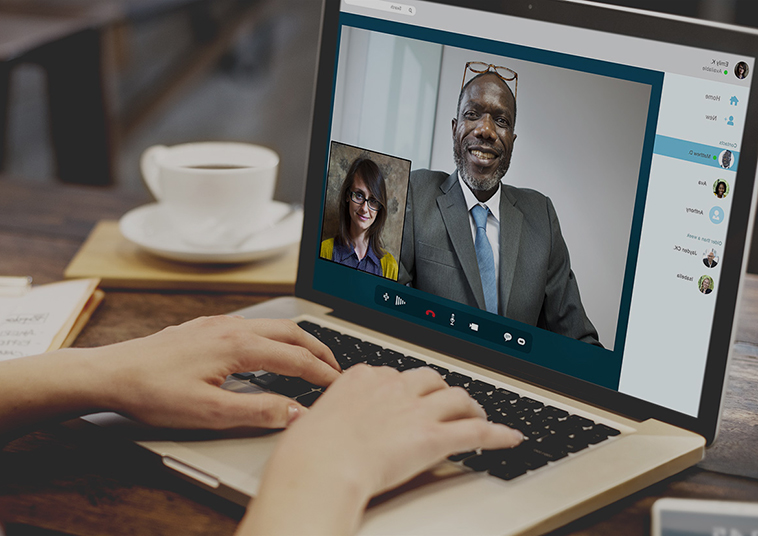
by Ludic’s Faculty Director
Until recently, the common belief was that business is best done in person: that’s meetings, training, conferences, networking, events, sales and more. And especially executive coaching. Everyone knows that. That’s why so many Coaching and training companies still have faith in the continuation of live interaction: you can’t beat face-to-face.
Apart from it’s not necessarily true.
Despite my pride as a coach and prejudices regarding IT I’ve found that the results and evaluation feedback for virtual is almost identical to that of high quality fact to face coaching. For example, at the conclusion of a global transformation programme that included 2000+ coaching hours we received 98% satisfaction scores, real world results, and comments that range from ‘very helpful’ to ‘life-changing’. Interestingly, there was not a single comment from 600 participants suggesting it would have been better face-to-face.
So, what accounts for the success?
It was always predicted that digital would change everything, but it has been an adolescent masquerading as a grown up. Now it’s come of age. There’s been a step-change: virtual platforms are more stable, bandwidths wider, software more capable, laptops more powerful, users more accomplished, solutions more evolved. Now with high-speed internet, great quality audio and a HD webcam, I’m sat in front of my 29” screen looking at a life size person, and we can share screens; we can even record the session and download it.
Great results, zero airmiles
An even more compelling reason for success is that, economically, virtual (that’s coaching, training, conferences, you name it) is the Holy Grail. There are no travel costs, no time lost to travelling, no venue hire, no accommodation to provide, no catering, and a portal completely outsourcing the heavy lifting in the organisation and admin of the programme. This means that large organisations are investing in getting this right – they want it, it’s too compelling a proposition to by-pass.
Did I mention choice and flexibility?
Virtual removes time and distance, so it’s now possible for the same client to choose from a global faculty, and everything is done through a portal: They can read the bios, make a language or cultural fit, access the coaches calendar and book a session, message, share articles and resources, and more - it’s made it easy, it’s made it painless.
But what about the personal connection?
At the beginning, I doubted that something so intimate and personal as coaching could survive the technological transplant. Actually, it’s a testimony to the power of coaching that deep intimacy is possible even through headphones and a screen. My fellow coaches report the same experience: insights still abound for clients, meaningful action still happens, tears still come when appropriate, obstacles and limiting beliefs just as readily identified, and people reach goals, large and small. The beating heart of coaching, the art of assisting others to realise their potential, is still in good shape. Happily, it seems, it can survive the journey through the ether. The question is, can coaching and training companies survive the digital transformation if they don’t adapt?



